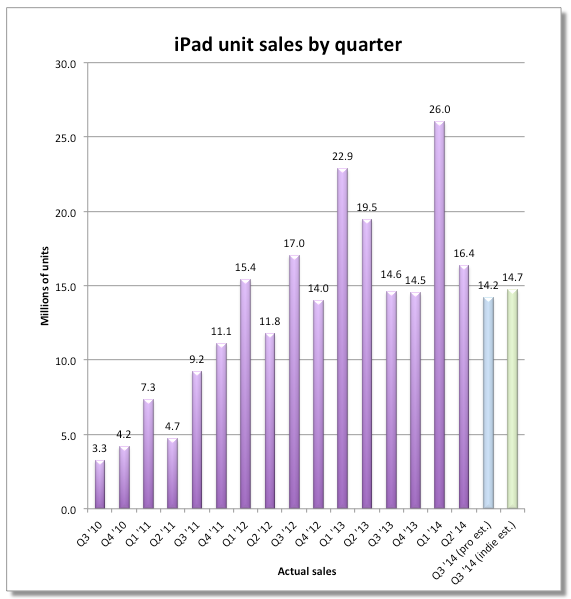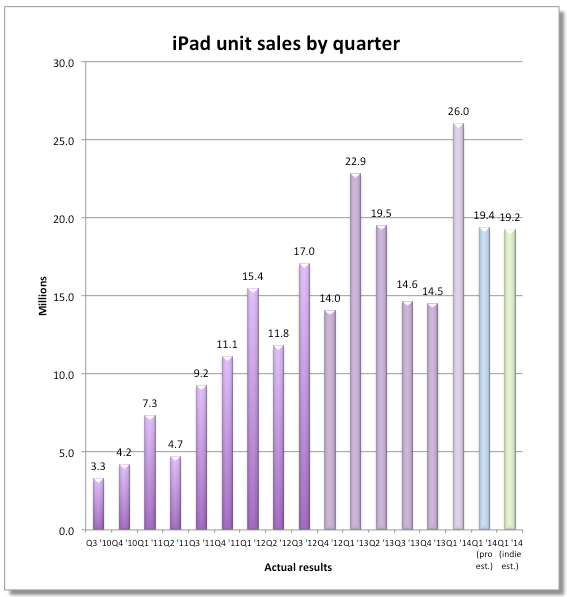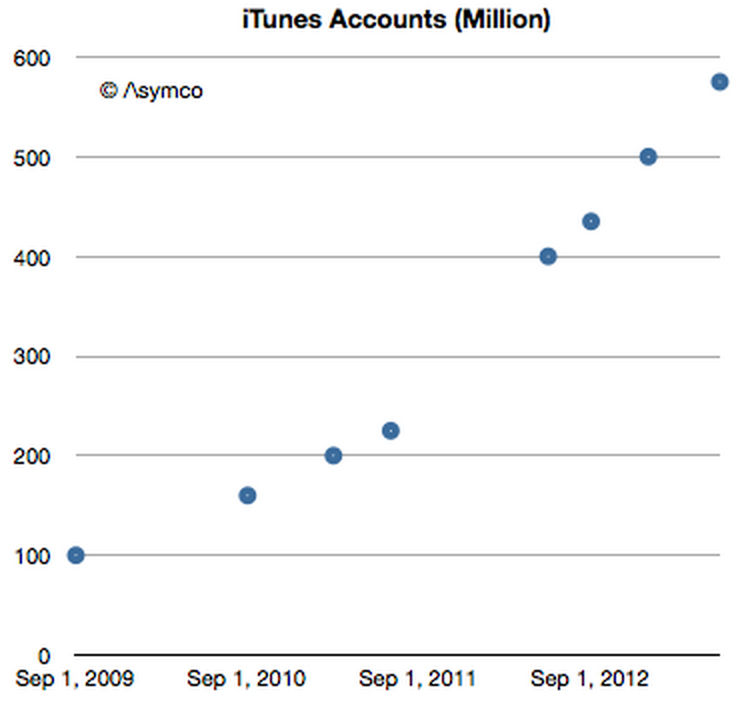
The $210B cash Apple would have by now without the dividend & share buyback schemes

Asymco’s Horace Dediu has been doing some number-crunching on AAPL’s cash stockpile, which sat at around $120B before the company began paying dividends and initiated a share buyback scheme two years ago. He calculates that, had nothing changed, Apple would now be sitting on around $210B in cash.
To put that into perspective, there are only about a dozen companies in the world Apple wouldn’t have been able to buy outright for that amount.
Despite the $53B spent on buying its own shares and the $21.5B paid out in dividends, the continuing flow of profits into the company means that Apple today still has about the same amount of cash it did two years ago. The share purchases themselves have proven a good deal for Apple as their value has increased.
Dediu also wryly comments on the ‘Apple is doomed’ sentiment voiced by some analysts based on ‘only’ linear growth, noting that while that “might be seen as evidence of failure, it’s more useful to treat this vast quantity as a recognition of past successes.”












